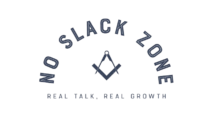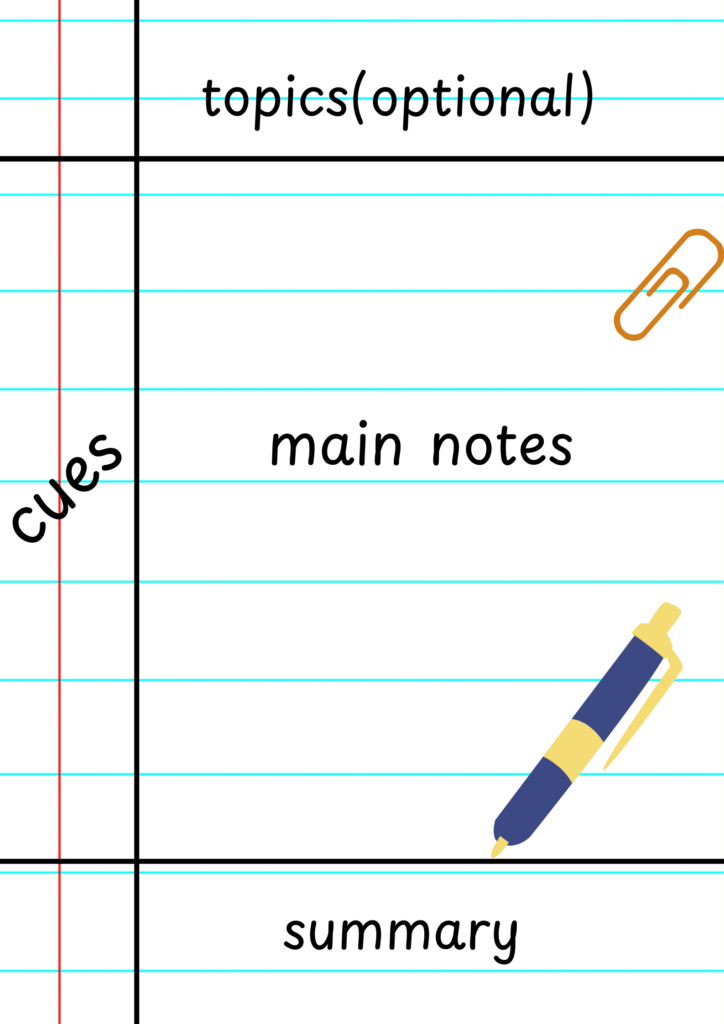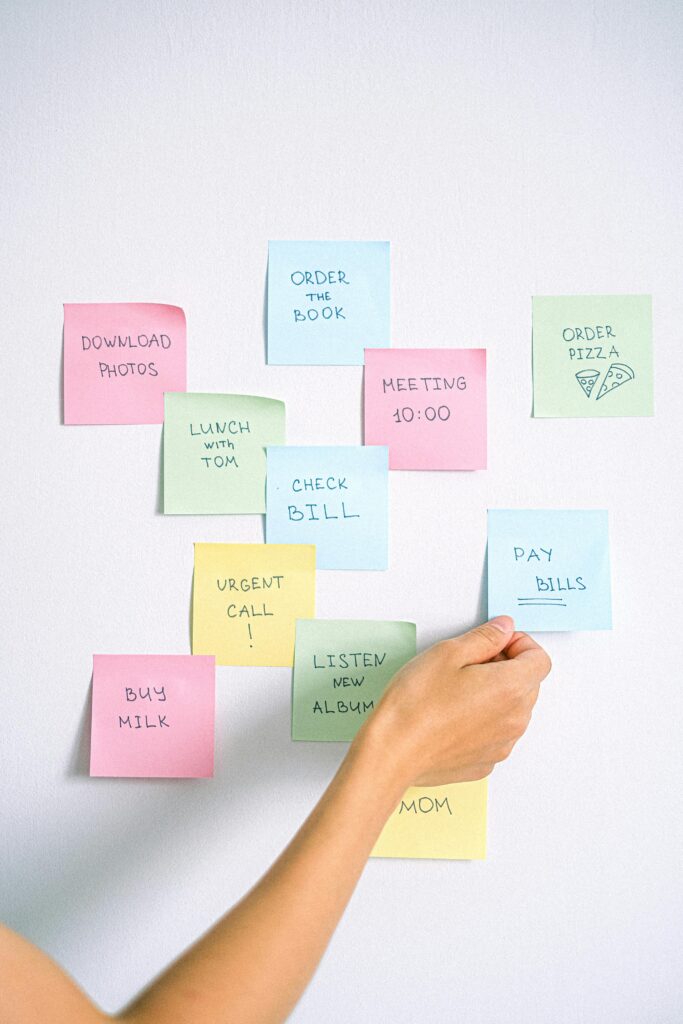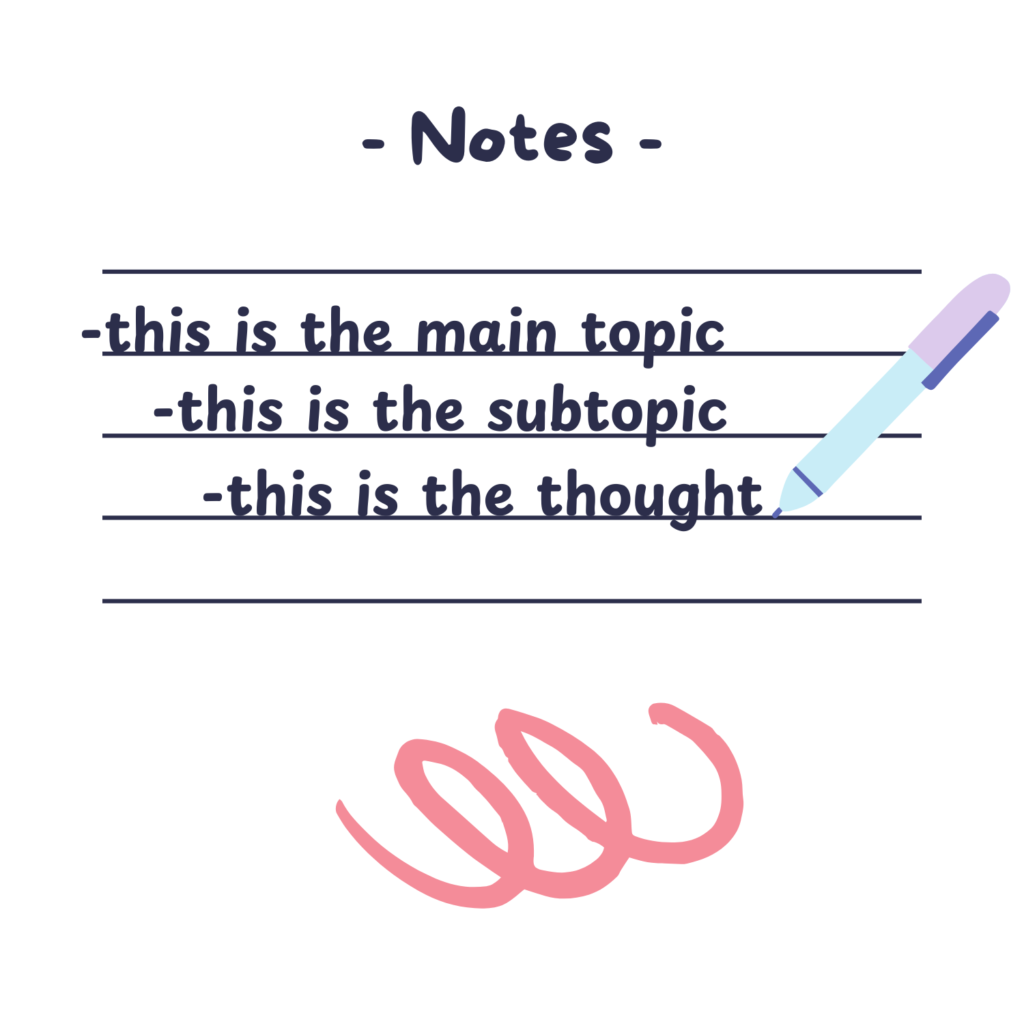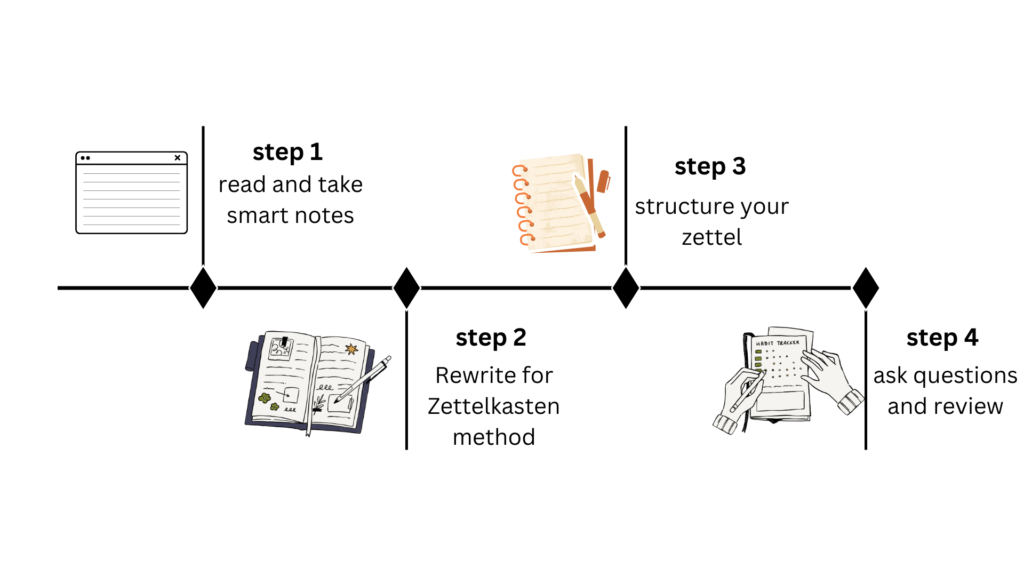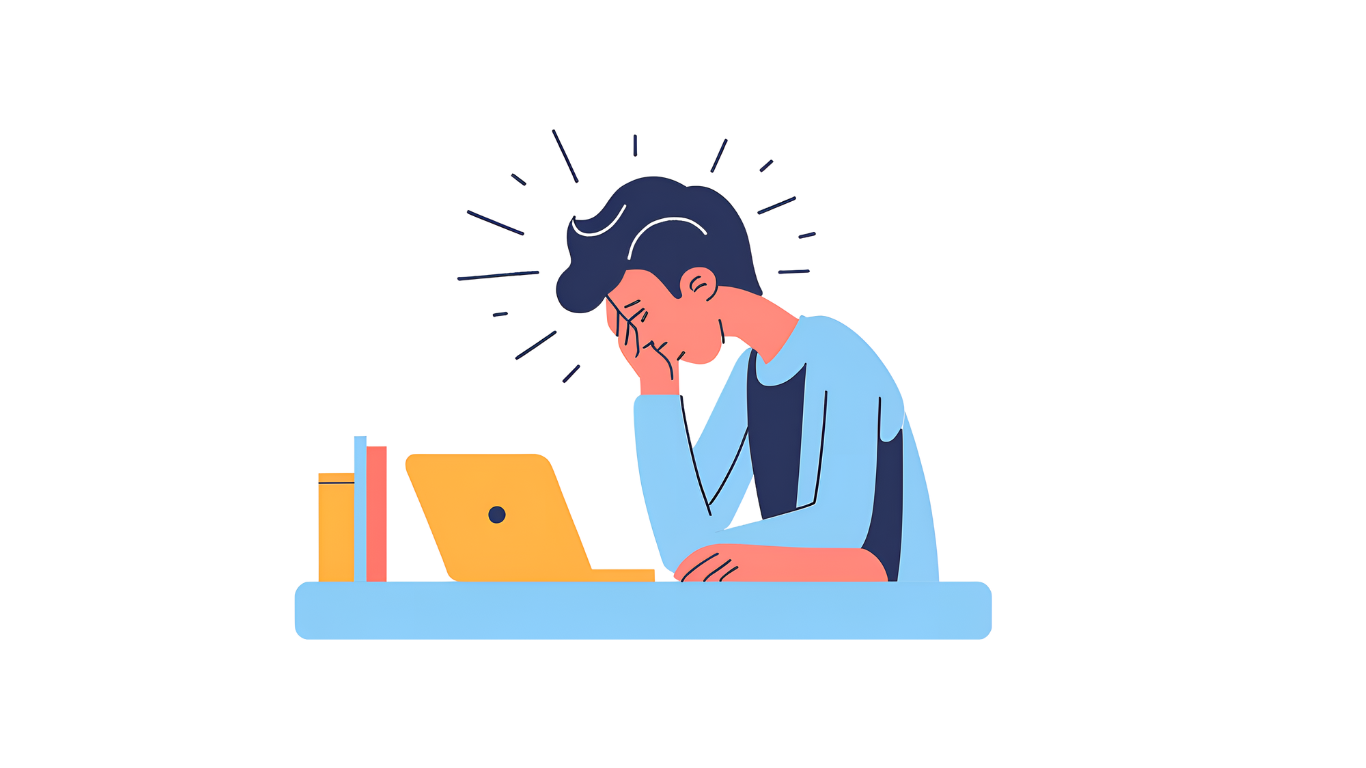6 Note Taking Methods The Ultimate Guide.
Ever wondered why some people seem to remember everything from a three-hour lecture while you’re left staring at your notebook full of incomprehensible scribbles?
Your note taking methods might be holding you back more than your memory ever could. By the end of this guide, you’ll discover why the simple act of putting pen to paper (or fingers to keyboard) can literally rewire your brain for better learning.
Why Do You Even Need Note Taking Methods?
“Why take notes? Because your brain forgets faster than your phone runs out of battery.”
Here’s the deal: your brain is like a sieve. Without proper notes, important details slip through, whether it’s the formula for success or that million-dollar idea you had last night.
Effective note taking isn’t just about writing—it’s about retaining information.
The Science of Note Taking: Why Your Brain Loves It
Let’s start with something mind-blowing :according to Kiewra’s Research on Guided Notes, Writing notes by hand can increase memory retention by up to 40% compared to typing them. But here’s the kicker – it’s not just about writing things down; it’s about how you do it.
“The faintest ink is more powerful than the strongest memory.”
The Psychology Behind Effective Note Taking
The Magnificent Six: Note Taking Methods Explained
1. The Cornell Method
Perfect for: Academic lectures and structured learning
The Cornell Method is a popular method of organizing and summarizing and is widely used due to its simplicity and easy implementation
How The Cornell Method Works:
Divide your page into three sections: main notes, cues (for questions or keywords), and summary, that’s all to it.
Pro Tips:
| pros | cons |
| 1. Great for summarizing lectures | 1. Time-consuming to set up. |
| 2. Great for revision | 2. Not ideal for fast-paced lectures |
2. Mind Mapping
If you’re a visual learner, this method might be your jam!
Start with a central idea and branch out into subtopics. Think of mind mapping as your brain’s favourite way to party with information. It’s like Instagram for your thoughts – everything’s connected, and the most important stuff stands out
“A mind map is the Swiss Army knife of creativity – versatile, powerful, and surprisingly fun!”
Core Elements of Mind Mapping:
Best Used For:
| pros | cons |
| 1. Visually appealing and easy to follow | 1. Can get messy if not organized properly |
| 2. Demonstrates relationships between ideas |
3. The Outline Method
Perfect for: Sequential thinkers and organized souls
The Outline Method is one of the most popular and straightforward note taking Methods , particularly effective for those who thrive on structure and clarity. It organizes information hierarchically, using bullet points or numbers to break down topics into main ideas and subpoints
How The Outline Method Works
The Outline Method is based on levels of indentation, with each level representing a different degree of importance. For example
I. Main Topic
A. Major Subtopic
1. Supporting Detail
a. Specific Example
b. Additional Context
2. Secondary Supporting Detail
B. Another Major Subtopic
The Outline Method transforms complex information into a clear roadmap, guiding you through lectures, textbooks, and meetings. Like a well-designed navigation system, it reveals the relationships between ideas, helping you understand how different concepts connect and flow together
Each level of the outline acts as a signpost, making it easy to track the journey of information from main ideas to specific details.
Best Uses of the Outline Method
This method excels in scenarios where information is presented linearly, such as:
| pros | cons |
| 1. Clear hierarchy | 1. Can be a bit rigid |
| 2. Easy to review | 2. May miss connections |
4. The Charting Method
A Game-Changer for Data Lovers
If the Outline Method is a trusty penknife, the Charting Method is a precision scalpel. This technique slices through clutter and arranges complex information into neat, digestible columns and rows. It’s the ultimate choice when you need to compare or track data-heavy subjects like historical events, scientific experiments, or project timelines.
How the Charting Method Works
The Charting Method organizes information into a table format, where each column represents a specific category, and rows track data across categories. It’s perfect for structured information that benefits from side-by-side comparisons.
| Category | Details | Example | Significance |
| Historical Event | American Revolution | Declaration of Independence | Birth of a nation. |
| Scientific Method | Photosynthesis Process | Produces glucose | Essential for plant life. |
Best Uses of the Charting Method
This method shines in situations that demand precision and clarity, so if you are an average student looking to organise your notes this might not be for you unless you study data science or something, just kidding it can be used by anyone studying history, science, finance, project management and the likes.
Tips for Mastering the Charting Method
| pros | cons |
| 1. Allows for quick comparisons at a glance. | 1. Requires preparation, especially for large datasets |
| 2. Ideal for structured and repeatable formats. | 2. Ineffective for abstract or narrative-heavy subjects. |
5. The Sentence Method
I bet you can already tell how to use this system of notetaking its easily the most commonly used in this list but is also a very effective method of notetaking
This method is straightforward—just write down every new thought on a separate line like you always do, if it works for you then there is no need changing it right?
Advanced Techniques for Power Users
6. The Zettelkasten method:
Imagine your notes as more than just static information – picture them as a dynamic, interconnected ecosystem where ideas breed, cross-pollinate, and evolve. The Zettelkasten System is your intellectual greenhouse, turning random thoughts into a thriving garden of knowledge.
Core Principles: Breaking Free from Linear Thinking
The Zettelkasten (German for “slip box”) isn’t just a note-taking method – it’s a revolutionary approach to thinking it deserves a separate post of its own
At its core, the Zettelkasten System is about creating atomic, interconnected notes. Each note represents a single idea and is linked to other notes in a web-like structure. Think of it as building your personal knowledge network, where each connection sparks new insights.
Here’s the process broken down:
1. Write Atomic Notes:
2. Assign Unique IDs:
3. Interlink Notes:
4. Categorize as Needed:
Key Insight: Each note is independent, but the links between them form a network of knowledge.
Best Uses of the Zettelkasten System
Research: Perfect for managing academic or project-related knowledge.
Writing: Organize ideas for blog posts, books, or papers.
Learning: Build a database of interconnected concepts for subjects like philosophy, coding, or productivity.
| pros | cons |
| Scalable: Works for hundreds or thousands of notes. | Setup Time: Requires initial effort to get the system running. |
| Retain Knowledge: Encourages active engagement with ideas. | Complexity: Can feel overwhelming without proper tools. |
| Creativity Boost: Connections between notes often lead to “aha” moments |
Which Note Taking Methods is Right for You?
Ask yourself:
| Method | Best For | Difficulty |
| Cornell | Summarizing lectures | Medium |
| Mind Mapping | Brainstorming ideas | Easy |
| Outline | Linear subjects | Easy |
| Charting | Data-heavy topics | Hard |
| Sentence | Fast-paced lectures | Easy |
Conclusion
Remember, the best note taking methods are the ones that works for you. Start with one method, give it a fair shot for at least two weeks, and adjust as needed. Your future self will thank you for the organized treasure trove of knowledge you’re about to create.
Before you go, here’s a question:
Did you know your brain forgets 50% of new information within an hour unless you review it?
How do you combat forgetting? Share your note-taking hacks in the comments—let’s share tips! feel free to contact us if you have questions
